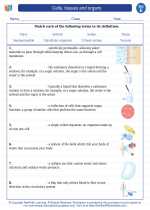Hydropower
Hydropower, also known as hydroelectric power, is a form of renewable energy that harnesses the power of flowing or falling water to generate electricity. It is one of the oldest and most widely used renewable energy sources in the world.
How Hydropower Works
Hydropower plants use the kinetic energy of moving water to turn turbines, which then convert the energy into electricity. There are two main types of hydropower systems: dam-based and run-of-river.
Dam-Based Hydropower
In dam-based hydropower plants, a dam is built across a river to create a reservoir. When water is released from the reservoir, it flows through turbines, generating electricity. The water can be stored in the reservoir and released as needed to meet electricity demand.
Run-of-River Hydropower
Run-of-river hydropower plants do not require a dam or reservoir. Instead, they use the natural flow of the river to turn the turbines and generate electricity. These systems have minimal impact on the surrounding environment and aquatic life.
Advantages of Hydropower
- Renewable and Sustainable: Hydropower relies on the water cycle, making it a renewable and sustainable energy source.
- Low Greenhouse Gas Emissions: Hydropower plants produce minimal greenhouse gas emissions compared to fossil fuel-based power plants.
- Reliable and Flexible: Hydropower can be easily controlled to meet fluctuating energy demands, providing a reliable source of electricity.
- Water Management: Hydropower plants can also provide benefits such as water storage, flood control, and irrigation.
Disadvantages of Hydropower
- Environmental Impact: Dam construction can lead to habitat disruption, altered river flow, and impacts on fish migration.
- High Initial Cost: Building hydropower plants, especially large-scale dams, can be expensive and time-consuming.
- Limited Location: Hydropower is dependent on the availability of suitable water resources, limiting its location to specific regions.
Study Guide
Here are some key topics to focus on when studying hydropower:
- The water cycle and its role in hydropower generation
- The difference between dam-based and run-of-river hydropower systems
- The advantages and disadvantages of hydropower as a renewable energy source
- The environmental impacts of hydropower plants
- The historical significance and future potential of hydropower in the context of global energy needs
Understanding the principles and implications of hydropower will provide you with a comprehensive overview of this important renewable energy technology.
.◂Science Worksheets and Study Guides Fifth Grade. Cells, tissues and organs
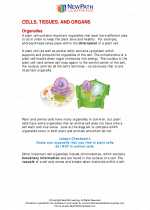
 Worksheet/Answer key
Worksheet/Answer key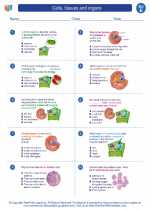
 Worksheet/Answer key
Worksheet/Answer key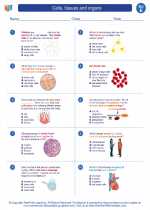
 Worksheet/Answer key
Worksheet/Answer key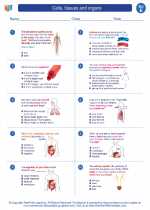
 Vocabulary/Answer key
Vocabulary/Answer key
 Vocabulary/Answer key
Vocabulary/Answer key
 Vocabulary/Answer key
Vocabulary/Answer key
 Vocabulary/Answer key
Vocabulary/Answer key
 Vocabulary/Answer key
Vocabulary/Answer key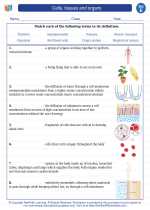
 Vocabulary/Answer key
Vocabulary/Answer key